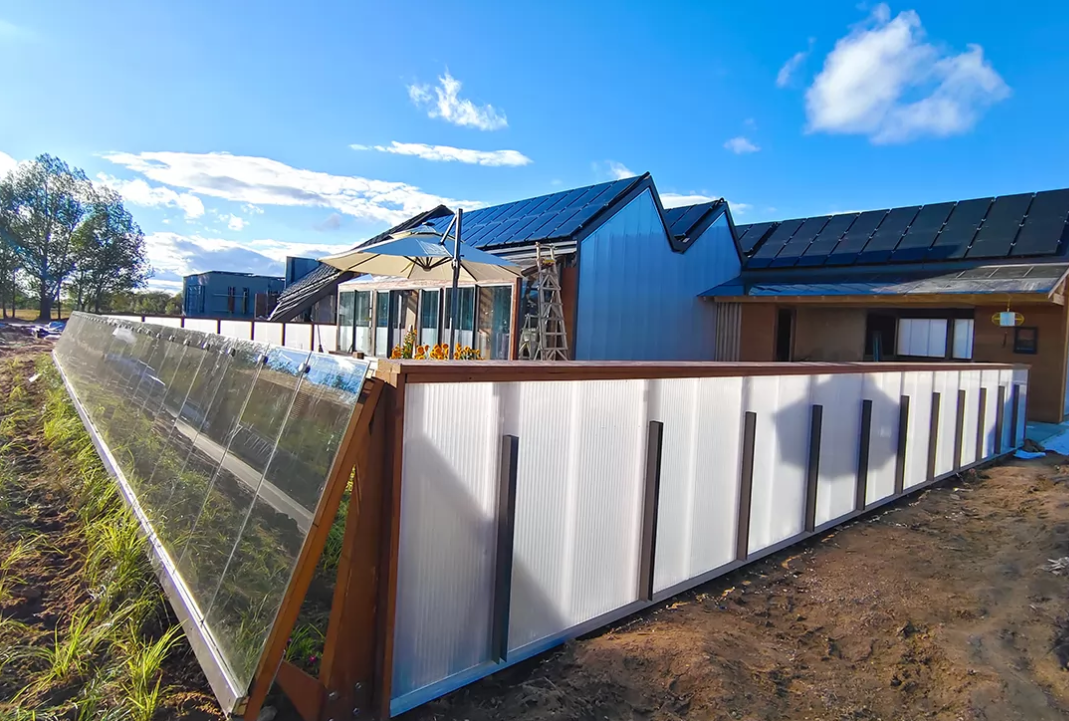How does the BIPV system work?
A Building Integrated Photovoltaic (BIPV) system is a solar power system that is seamlessly integrated into a building's architecture, typically in the form of roofs, facades, or windows. Here's how a BIPV system typically works:
Solar Panels: BIPV systems consist of photovoltaic (PV) panels that contain solar cells. These panels are made of semiconductor materials, such as silicon, which convert sunlight into electricity through the photovoltaic effect.
Integration into Building Components: Unlike traditional solar panels, which are mounted on top of existing roofs or structures, BIPV panels are designed to serve as an integral part of the building envelope. They can replace or be incorporated into conventional building materials such as roofing materials, glass facades, or wall claddings.
Sunlight Absorption: When sunlight hits the surface of the BIPV panels, the solar cells within the panels absorb the photons (light particles) from the sunlight.Gain Solar can provide better BIPV systems, please contact us.

Generation of Electricity: The absorbed sunlight excites electrons within the semiconductor material of the solar cells, creating an electric current. This process generates direct current (DC) electricity.
Inverter Conversion: The DC electricity produced by the solar panels needs to be converted into alternating current (AC) electricity, which is used to power most household appliances and electrical systems. An inverter is typically installed as part of the BIPV system to perform this conversion.
Integration with Building Electrical System: The AC electricity produced by the inverter is then either used directly within the building or fed into the electrical grid. BIPV systems can be grid-tied, meaning they are connected to the utility grid, allowing excess electricity to be exported to the grid when the building's demand is low. Alternatively, BIPV systems can be designed with energy storage solutions, such as batteries, to store excess electricity for later use.
Monitoring and Control: BIPV systems often include monitoring and control systems that allow building owners or operators to track the performance of the solar panels in real-time. This data can help optimize energy production, identify maintenance needs, and evaluate the system's overall efficiency.
Overall, BIPV systems offer a dual functionality by serving both as building materials and renewable energy generators. They contribute to energy efficiency, reduce reliance on fossil fuels, and provide sustainable solutions for the built environment.
- Previous: None
- Next: None

